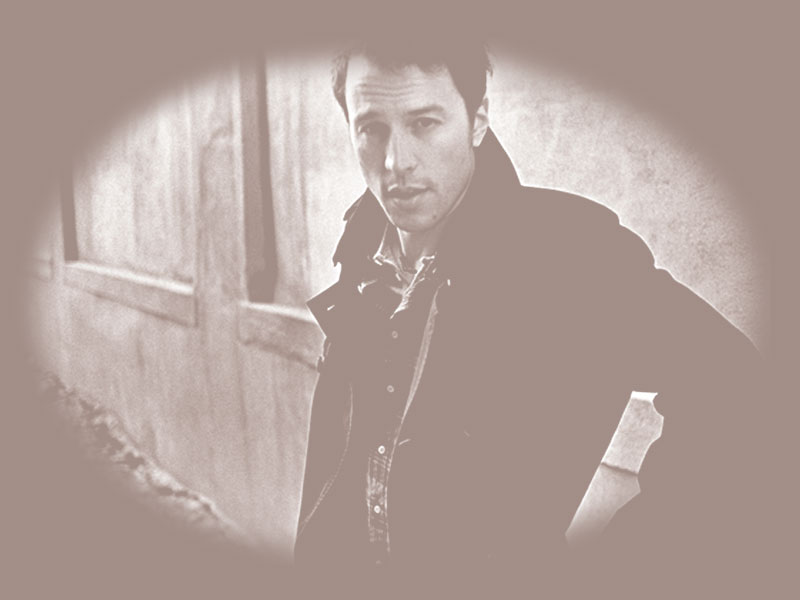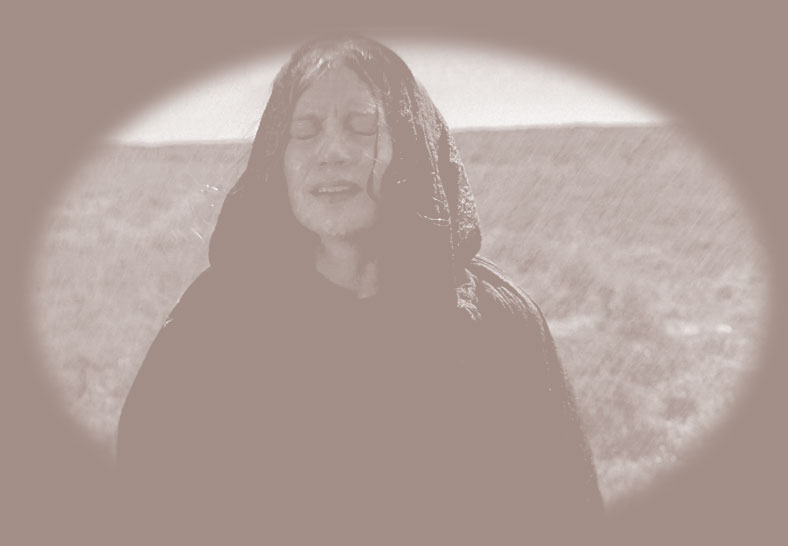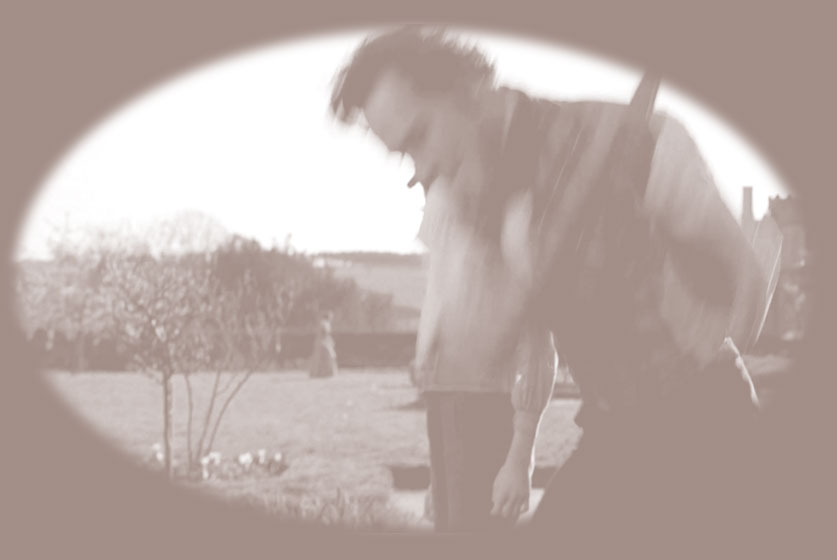
|

|

|

|

|

|

|

|

|

|

|

|


Directed and Dressed
On the set, Cary Joji Fukunaga was intent on allowing the cast freedom to explore their roles. Harry Lloyd, who plays Richard Mason, a man who has "a complicated history" with Rochester, reports that "Cary is the quiet eye of the storm. He'll come up to an actor and talk you through a particular bit; 'Try something like this.'"
Holliday Grainger notes, "I once worked with a director who told me to 'throw my thought to the left.' I said, 'Do you mean just look left?' There's none of that with Cary; he'll tell it to you straight.
"On a lot of the scenes, he'll get in with the crew to work on the practical elements as well."
"I trusted him immediately," confides Sally Hawkins. "He is on it! I hope I work with him again."
"Cary is a perfectionist," assesses Michael Fassbender. "You can see him trying to get the best out of every shot, every moment, every beat. He's got youth and enthusiasm behind him, and is strong in his views."
Adriano Goldman comments, "He always wants to be able to improvise – after we've done prep, wardrobe and make-up, and rehearsals, it's time to imagine, 'What is going to happen here?' I try to give him the freedom he needs."
Fukunaga, as he had on Sin Nombre, was concentrating on every part of what's on-screen – and taking nothing for granted. Jamie Bell took note of the director's way into one scene that "we all know from other adaptations of the story, where Jane is rescued and brought into Moor House. The way Cary filmed it was brilliant; it's all from her perspective, through her eyes. So we're with her in a real world, not 'a period piece.'"
Tamzin Merchant comments, "The way scenes are filmed, you feel that the camera is capturing moments rather than intruding. For the actors, it feels more fluid and natural than set-up."
Judi Dench found Fukunaga to be "gentle on the set. He also has a sense of humor, and I don't want to work with anybody who hasn't got that. If somebody has that, the returns are greater."
Alison Owen calls Fukunaga "incredibly pragmatic. He is calm, laid-back, but totally in command. He adapted quickly to a different way of working than on his earlier projects. I've been so impressed at how he will give a tiny little note on a take and it'll be beautifully judged, beautifully timed. Early on, I checked in with [film editor] Melanie Ann Oliver and said, 'What do you think of the footage?' She said, 'He's a proper filmmaker.' That's a lovely phone call for a producer to have."
Fukunaga was in turn impressed by his lead actress in particular. He comments, "Think about wearing 20-30 pounds of clothing, soaking wet in sub-freezing temperatures, and having to fall into puddles while also acting. Then think about doing that for two days straight. Those were our first two days of production and Mia never complained once, even though she almost passed out from near-hypothermia."

Extra weight or not, Wasikowska regards the costumes as "the last pieces of the puzzle. They transform you. It's like stepping into the skin and feeling the character. I had worn a corset before, but this one was so restrictive. I couldn't even eat properly!
The constriction of the corset helped me play Jane, and helped me recognize the repression women had to deal with in that era. When walking long distances or running, it was hard to breathe. Surprisingly, for as much fabric as there is, the costumes were not very warm."
Michael O'Connor notes, "We did shorten some dresses to a more practical length so that Mia would be mobile. All of Jane's undergarments, which encompassed many components, were a high-maintenance job. On-screen, you'll just see the dress; underneath, Mia is wearing a pair of pantaloons and long knickers, which are handmade. Then there's three petticoats which have got pleats in them – and they're handmade as well; the lining and the hems are all turned by hand – as they would have been back then."
For what we do see on Jane, O'Connor and his team chose shades of gray and shades of brown. "She's so often in the background, standing alone" he says. "So everything she has is subtle and quite plain, nothing too ostentatious. When Blanche Ingram, the opposite of Jane, arrives, the contrast is reflected in the costumes. In fact, with all of the other female characters’ costumes, it’s about how everyone else relates to Jane. Later, Jane’s own costuming reflects how her situation is finally changing – bits of silk trim, nicer buttons, and better-quality fabric."

O'Connor was even able to unify both on-screen Janes; although Wasikowska and Amelia Clarkson have no scenes together, "there was a chance to put them in a shared fabric, a similar tone of color, for scenes when Jane goes to the same room as a child and again as an adult. Her character is formed quite young."
Fassbender made several suggestions that Fukunaga liked, among them that Rochester "would always be physically busy doing things – like gardening – just before scenes outdoors with Jane, so we'd prepare waistcoats and shirts together without jackets on, and know that we had to pay attention to the shirtsleeves," notes O'Connor.

Hawkins reveals, "Michael O'Connor enters into a collaboration with you. He'll see what works on you, wrap something around you – and the next thing you know there's this incredible dress and you can go into character."
Merchant muses, "The corset I wore apparently got my waist down to 22 inches. Waists aren't meant to be 22 inches!"
Dench, who has spent more time in vintage and period costumes than the remainder of the cast combined, chalks it all up to experience. She states with authority, "Being given wonderful corsets to wear is so helpful – you're halfway there.
"Slouching? You don't have the option."
The Source
